
Deep Learning from Scratch. Building with Python from First Principles Seth Weidman
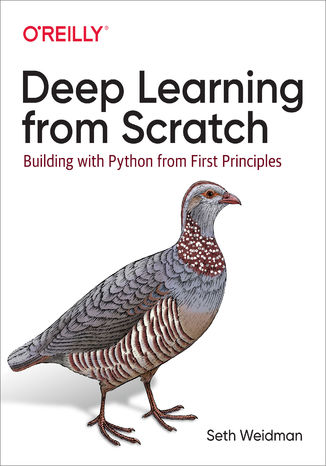



- Autor:
- Seth Weidman
- Wydawnictwo:
- O'Reilly Media
- Ocena:
- Stron:
- 252
- Dostępne formaty:
-
ePubMobi
 opcje wysyłki »
opcje wysyłki »
Opis
książki
:
Deep Learning from Scratch. Building with Python from First Principles
With the resurgence of neural networks in the 2010s, deep learning has become essential for machine learning practitioners and even many software engineers. This book provides a comprehensive introduction for data scientists and software engineers with machine learning experience. You’ll start with deep learning basics and move quickly to the details of important advanced architectures, implementing everything from scratch along the way.
Author Seth Weidman shows you how neural networks work using a first principles approach. You’ll learn how to apply multilayer neural networks, convolutional neural networks, and recurrent neural networks from the ground up. With a thorough understanding of how neural networks work mathematically, computationally, and conceptually, you’ll be set up for success on all future deep learning projects.
This book provides:
- Extremely clear and thorough mental models—accompanied by working code examples and mathematical explanations—for understanding neural networks
- Methods for implementing multilayer neural networks from scratch, using an easy-to-understand object-oriented framework
- Working implementations and clear-cut explanations of convolutional and recurrent neural networks
- Implementation of these neural network concepts using the popular PyTorch framework
Wybrane bestsellery
O'Reilly Media - inne książki
Dzięki opcji "Druk na żądanie" do sprzedaży wracają tytuły Grupy Helion, które cieszyły sie dużym zainteresowaniem, a których nakład został wyprzedany.
Dla naszych Czytelników wydrukowaliśmy dodatkową pulę egzemplarzy w technice druku cyfrowego.
Co powinieneś wiedzieć o usłudze "Druk na żądanie":
- usługa obejmuje tylko widoczną poniżej listę tytułów, którą na bieżąco aktualizujemy;
- cena książki może być wyższa od początkowej ceny detalicznej, co jest spowodowane kosztami druku cyfrowego (wyższymi niż koszty tradycyjnego druku offsetowego). Obowiązująca cena jest zawsze podawana na stronie WWW książki;
- zawartość książki wraz z dodatkami (płyta CD, DVD) odpowiada jej pierwotnemu wydaniu i jest w pełni komplementarna;
- usługa nie obejmuje książek w kolorze.
Masz pytanie o konkretny tytuł? Napisz do nas: sklep@helion.pl
Książka drukowana


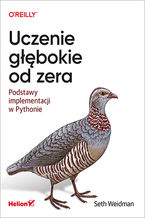



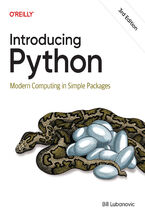


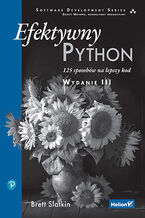
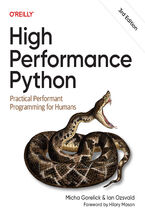
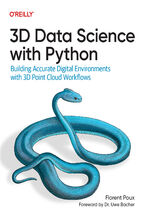

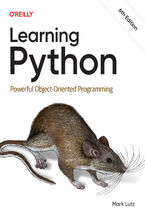






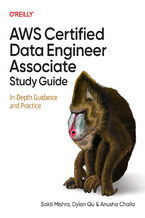
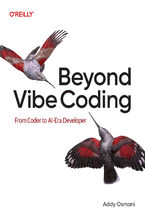
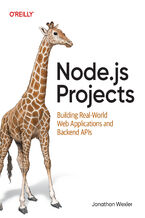

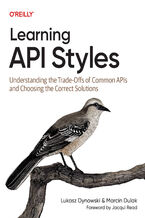
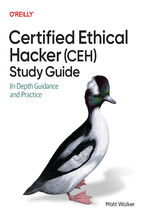
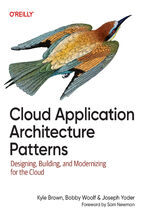
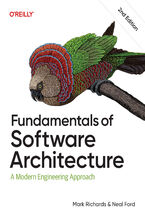
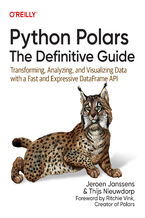
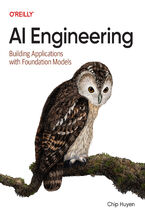



Oceny i opinie klientów: Deep Learning from Scratch. Building with Python from First Principles Seth Weidman
(0)